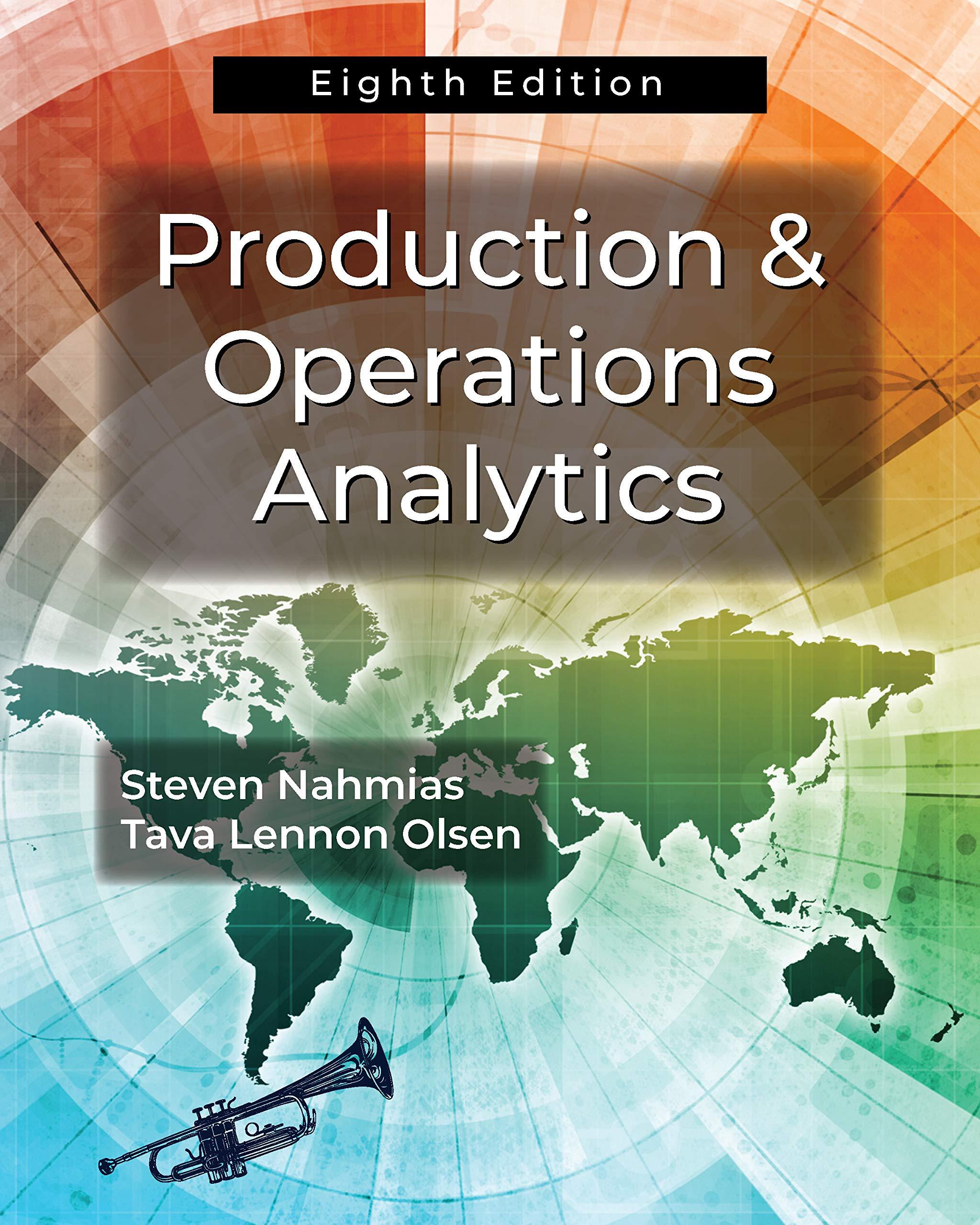

Suppose that the returns on the stock fund presented in Spreadsheet 6.1 were 40%, 14%,17%, and 33% in the four scenarios. (LO 6-2) a. Would you expect the mean return and variance of the stock fund to be more than, less than, or equal to the values computed in Spreadsheet 6.2? Why? b. Calculate the new values of mean return and variance for the stock fund using a format similar to Spreadsheet 6.2. Confirm your intuition from part (a). c. Calculate the new value of the covariance between the stock and bond funds using a format similar to Spreadsheet 6.4. Explain intuitively the change in the covariance. Once we understand the portfolios of two risky assets, we asset allocation problem across the to the menu of investment choices. This will complete the asset allocation problem across the three key asset classes: stocks, bonds, and T-bills. Constructing efricient portofios of moned allocation exercise. risky securities is a straightforward extension of this stri Covariance and Correlation To optimally construct a portfolio from risky assets, we need to understand how the uncertainties of asset returns interact. A key determinant of portfolio risk is the extent to which the returns on the two assets vary either in tandem or in opposition. Portfolio risk depends on the covariance between the returns of the assets in the portfolio. We can see why using a simple scenario analysis. The scenario analysis in Spreadsheet 6.1 posits four possible scenarios for the economy: a severe recession, a mild recession, normal growth, and a boom. The performance of stocks follows the broad economy, returning, respectively, 37%,11%,14%, and 30% in the four scenarios. In contrast, we assume bonds perform best in a mild recession, returning 15% (because falling interest rates result in capital gains), and in the normal growth scenario, where their return is 8%. They suffer from defaults in a severe recession, resulting in a negative return. 9%, and from inflation (which leads to higher nominal interest rates) in the boom scenario, where their return is 5%. Notice that bonds outperform stocks in both the mild and severe recession scenarios. In both normal growth and boom scenarios, stocks outperform bonds. The expected return on each fund equals the probability-weighted average of the outcomes in is 10% and that of the bond fust of Spreadsheet 6.1 shows that the expected return of the stock fund weighted average of the squared is 5%. As we saw in Chapter 5 , the variance is the probabilitydeviation is the square root of the sations of actual returns from the expected return; the standard








